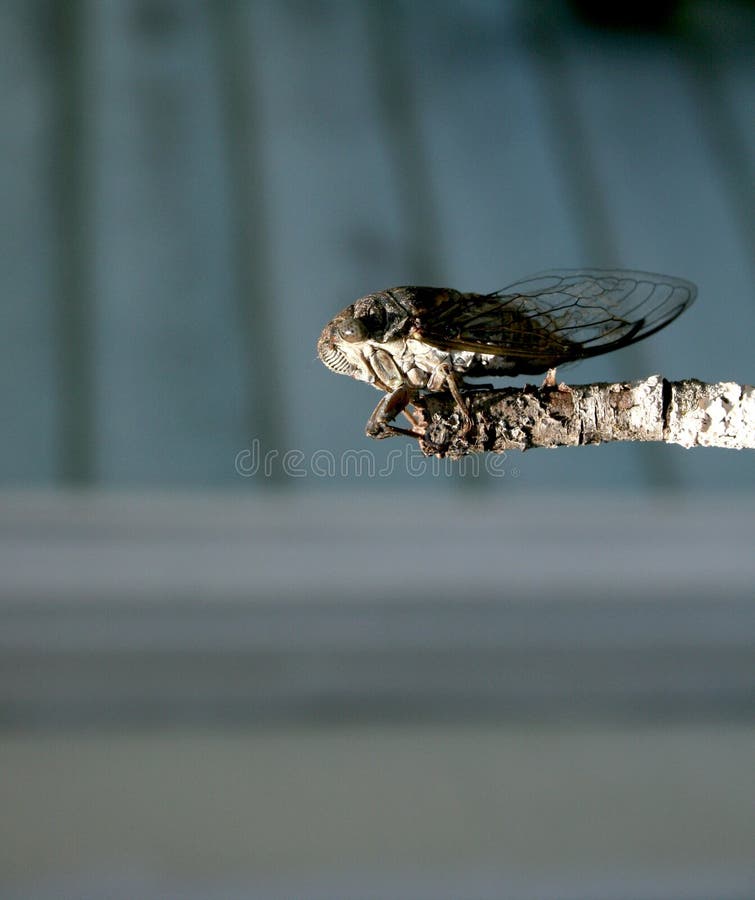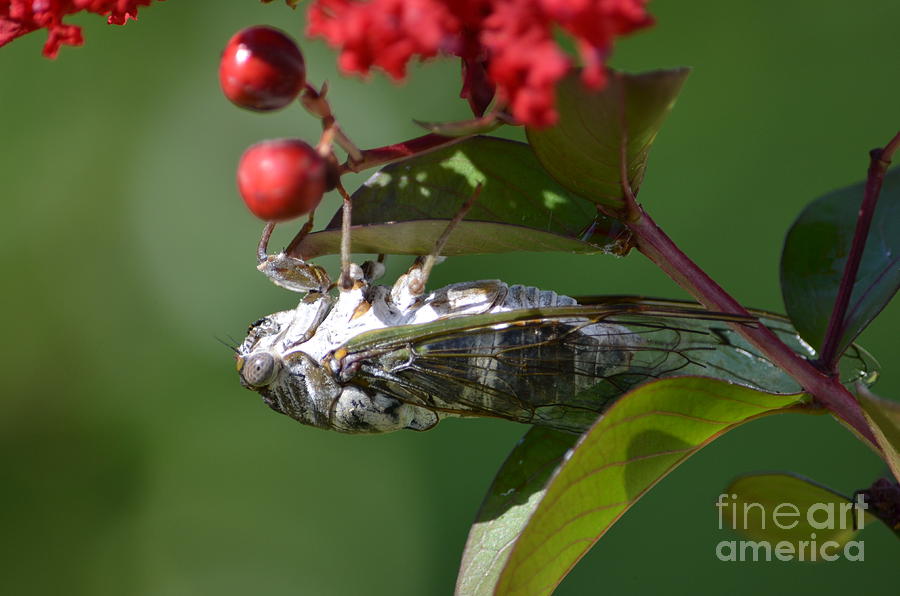

"They basically satiate their predators and there are still millions of cicadas left." "They seem kind of clumsy," Kritsky said.

Periodical cicadas are known for coming out in droves so they can survive predators from picking them off before they can mate. They're pretty strong fliers compared to the periodical cicadas, so they're going to be a little harder for birds to get, but birds can get them." "They're cryptically colored, so they hide in the shrubbery. "Because (annual cicadas) come out in smaller numbers, they have a different strategy for survival," Kritsky said. They have a different survival strategyĪnnual cicadas are stealthy, more inconspicuous creatures than their less tactful periodical counterparts, Kritsky said. Periodical cicadas may emerge from the soil in April and be seen through mid-June, while annual cicadas tend to start showing up in July through the early fall.

The two types of cicadas don't overlap too much. It could have been two to five years ago." "We don't know when those things were laid that are producing a lot of these annual cicadas. "It is quite probable that they do not have a one-year life cycle," Kritsky said. There is one big thing researchers don't know about them, Kritsky said. Those cicadas are only found in the eastern part of the United States in deciduous forests.Īnnual cicadas do come with a bit of mystery, though. Periodical cicadas come out in large groups called broods every 13 or 17 years, depending on their cycle, Kritsky said. They show up annuallyĪnnual cicadas come out yearly in the midsummer months, so we get to see them more than their periodical peers. This other nickname originated in the 19th century and was used into the early 20th century. The insects earned the name harvest flies because "they were screaming during the harvest season" in the fall, he said. These cicadas hang around from early July through September, with some still present even in October, Kritsky said. Officials at Catoctin Mountain Park in Thurmont, Maryland, noted the dog-day cicadas' arrival last week. You won't hear a chorus of annual cicadas often, like you do with periodical cicadas who come out in much bigger numbers, he said. "It's 90 degrees here, and I hear them screaming outside the door." "The dog-day cicadas come out of the dog days of summer in the heat of August, like right now," Kritsky told CNN. These cicadas get one of their nicknames from crooning away in the hot summer months. ( Click the song type court II, and you won't be disappointed.) They are called dog-day cicadas It makes a loud, shushing sound that is reminiscent of what a flying saucer would sound like in a "1950s B science fiction movie," Kritsky said. The Magicicada septendecim, a type of periodical cicada, makes a totally different type of sound. Listen to the annual cicada on, which is a cicada website that many researchers contribute to. The hieroglyphic cicada has a raspy, buzzy song it sings that sometimes sounds like an electric saw in a singsongy way.

Their singing is like a loud, buzzing sound that peters off when the insect loses steam, Kritsky explained while he played various clips over the phone. "So, a lot of times they'll quiet down, shut up if you get too close, or if a predator approaches." "If you approach a tree that's screaming, the cicada may stop singing because while they're singing, they're going to be vulnerable for bird predation," he said. Kritsky heard the song of annual cicadas recently in Cincinnati and even with his trained eye, he said it took a few minutes to spot who was singing. It's hard to find an annual cicada once you hear one singing its buzzy, screaming tune.


 0 kommentar(er)
0 kommentar(er)
